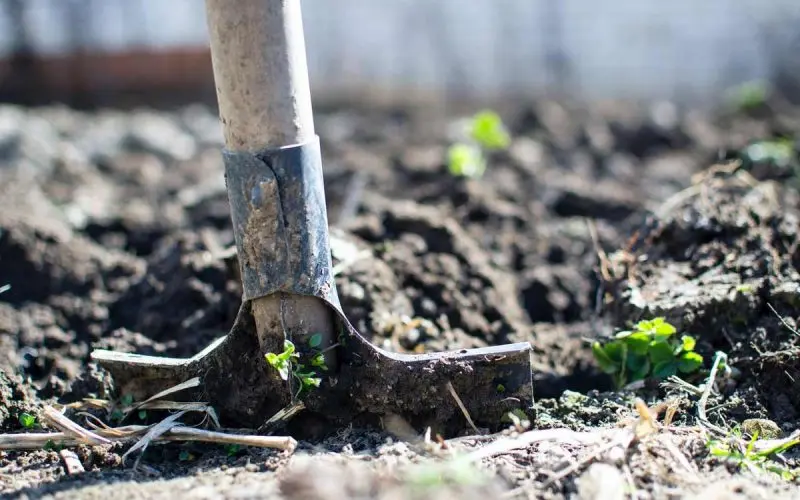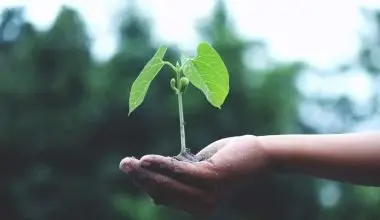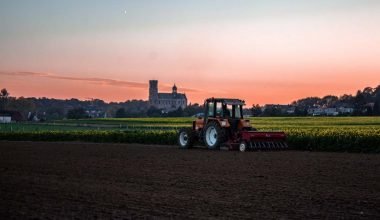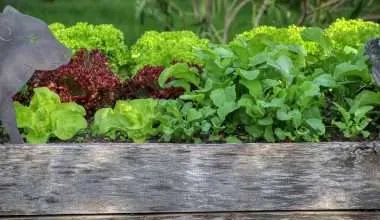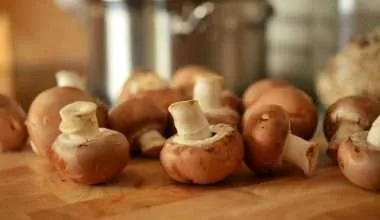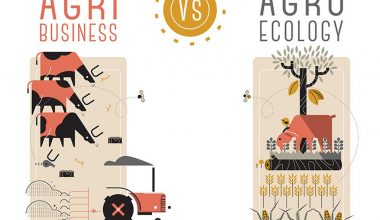Table of Contents Show
The most essential element that defines soil fertility is topsoil. It takes about 3000 years to make just 15 cm of topsoil.
Why 15?
Because 15cm of topsoil is the bare minimum we need for the land to be able to sustain crop growth.
Sadly, now we’re losing quite a bit of this soil layer every year. For example; US has a rate of topsoil layer depletion 18 times higher than it should be.
PS: That is nowhere near China, which is losing its topsoil layer at 54 times the normal rate of depletion.
Now this is definitely a problem; because there’s so much agricultural land going to waste, and yet, 1 Billion of the world’s population has to sleep hungry.
Initially farmers thought increasing yields with toxic chemicals was the way to fulfill increasing demand of food. Fortunately, with research, we found out that sustainable farming methods were much more necessary to ensure continuous supply.
This is where Sustainable Farming Methods thrived. One of those methods is Bio-intensive farming.
What is Bio-intensive Farming?
Biointensive farming/agriculture is a type of sustainable organic farming systems which involves working with elements such as soil, air, water, and sun to achieve maximum yield, biodiversity and soil fertility.
Many small-scale farmers choose to go bio-intensive due to the following reasons:
- Lower Investment
- Minimum use of technology
- Higher yield from small lands
- Saves water
This means highest possible yields with minimum use of resources. Oh boy!
Most of the techniques which contribute to Biointensive methods were also being used in ancient Chinese, Greek, and European agricultures from at least the late 18th century.
Aland Chadwick went on to fuse biological concepts with intensive French gardening to make his unique approach, known as the biodynamic French intensive method. Since then, we’ve just been learning more and more about Biointensive farming.
Components of Bio-intensive farming
The system of bio-intensive farming is based upon certain components/Methods which include:
- Composting
- Companion planting
- Carbon farming
- Calorie farming
- Double-dug, raised beds
- Using open-pollinated seeds
- And a whole system farming method
First of all, No machines!
All of these processes are done manually without use of farm machinery. This is because machinery use on the farm compacts the soil which harms soil fertility.
1. Composting
Compost in biointensive farming can be obtained by carbon farming. Carbon farming is based on cultivating crops which have high amounts of biomass which means high carbon content.
2. Companion Planting
Companion planting is plantation of different crops in proximity for specific reasons like pollination, pest control, and providing habitats for beneficial insects.
Companion planting is a type of poly-culture farming.
How Carbon gets integrated into Plants (Stored in the form of sugars)
3. Carbon Farming
Carbon farming uses crops such as millet, oats, or amaranth. These crops can be used to provide nutrition for the farmer’s family and replenish soil fertility that is crucial for any farmland.
Biointensive farming achieves best soil conditions through a process called double digging.
4. Calorie Farming
Calorie farming aims to produce a complete diet in the smallest area possible. It basically focuses on special root crops that are calorie-dense and yield well in a small area. Calorie crops include potatoes, leeks, garlics, parsnips, and Jerusalem artichoke.
5. Double Digging
Double digging involves mixing up two layers of soil (instead of just the one) to allow a much better exchange of air, nutrients, water with crop roots.
Moreover, composting helps to return carbon and nutrients into the soil.
6. Use of Open-Pollinated seeds
Open-pollinated seeds produce plants that look similar to their parents. Using open pollinated seeds helps farmers to have their own supply of seeds. It is less costly, and has more flavor.
7. Whole-system farming method
A whole-system farming method aims to incorporate trees, hedges, ponds, and other features to maximize natural systems. This will ultimately enhance biodiversity on the farm.
This also allows the farmer to think and learn about natural systems, and avoid entirely farming for profits.
These components of biointensive farming aim to increase biodiversity and harmony between plants in nature, by completely avoiding harmful practices of monoculture farming.
Now let’s go more into the importance of Biointensive farming.
Importance of Biointensive farming
The world is facing severe challenges due to reduction in fertile lands, reduction of biodiversity, global warming issues, and much more.
In such difficult times, biointensive farming systems aim to provide us much relief.
When it comes to maintaining soil fertility; one of the ways is by conserving soil (Through components we discussed).
Another way is to use the soil sustainably by reserving 60% of land for compost crops. This will provide soil with replenishment of nutrients and promote sustainable use of land.
It uses less area to produce the same yield of crops as with conventional agriculture. This will help us to move away from horrors of conventional agriculture and adapt biointensive farming with open arms.
It may also be an answer to Solutions of Global Warming.
Environmental Benefits of Biointensive Farming
I’ll show you the numbers and let you decide how beneficial biointensive farming is.
The biointensive farms use a fraction of resources typically used by conventional farmlands.
To be more specific, biointensive farms use:
- Up to 50% of same land
- Up to 50% of fertilizers
- 12-33% of water
- Up to 6% of total energy
as compared to conventional farms.
Biointensive farming minimizes resource use while ensuring effectiveness of those resources.
Reduced synthetic fertilizer use can result in reduced runoff into nearby water bodies. This converts to reduced pollution.
There is incredible improvement in biodiversity by using diverse crop species, rather than strictly cultivating a single crop (Monoculture Farming). We’ve already discussed how important biodiversity is to the environment. Promoting it is a no-brainer to help the environment.
It also fights climate change by acting as carbon sequestrates.
Myth: Reduced yields.
A lot of people believe that these benefits translate to a reduced yield of crops. The crop yield with biointensive farming is actually better (if not the same) as compared to conventional farming.
As we were just discussing about how topsoil is so important for fertility. It would make sense to tell you how biointensive farming benefits soil fertility.
The rate of production of fertile topsoil layer is 60 times higher than the natural rate when these methods are applied.
Let’s see how you can apply them to your garden.
Tips on Bio-intensive gardening
You don’t need large farmlands and acres of space to carry out biointensive agriculture, you can simply do it in your garden.
Let me give you some tips to plan your bio-intensive garden and make it a success!
- You should aim to plant your crops in close proximity and in hexagonal shapes rather than in rows.
- You should aim to loosen the soil to depth of 24 inches to achieve best soil fertility.
- Prefer growing crops that have lots of biomass, so that it can be returned to the soil in the form of compost. Some examples of these crops include wheat, Barkley, rye, and wheat.
- Grow crops that are richer in calories. These include sweet potatoes, potatoes, parsnips, and leeks. These crops tend to produce a good yield in small areas (Like a backyard).
- Choose to plant varieties that work in harmony with other plants in that garden. It can be in the form of repelling pests or in nitrogen fixation into the soil.
- Aim to grow open-pollinated seeds, this will help you to save money and also keep the gene pool of your garden diverse.
- Good, holistic management and monitoring of the system is important to a perfect bio-intensive garden.
- Your goal shouldn’t be to make money out your bio-intensive garden, but rather achieving a garden farmed with sustainable farming methods. Now that’s an achievement!
These small tips will help you have the most bio-diverse garden in the neighborhood.
